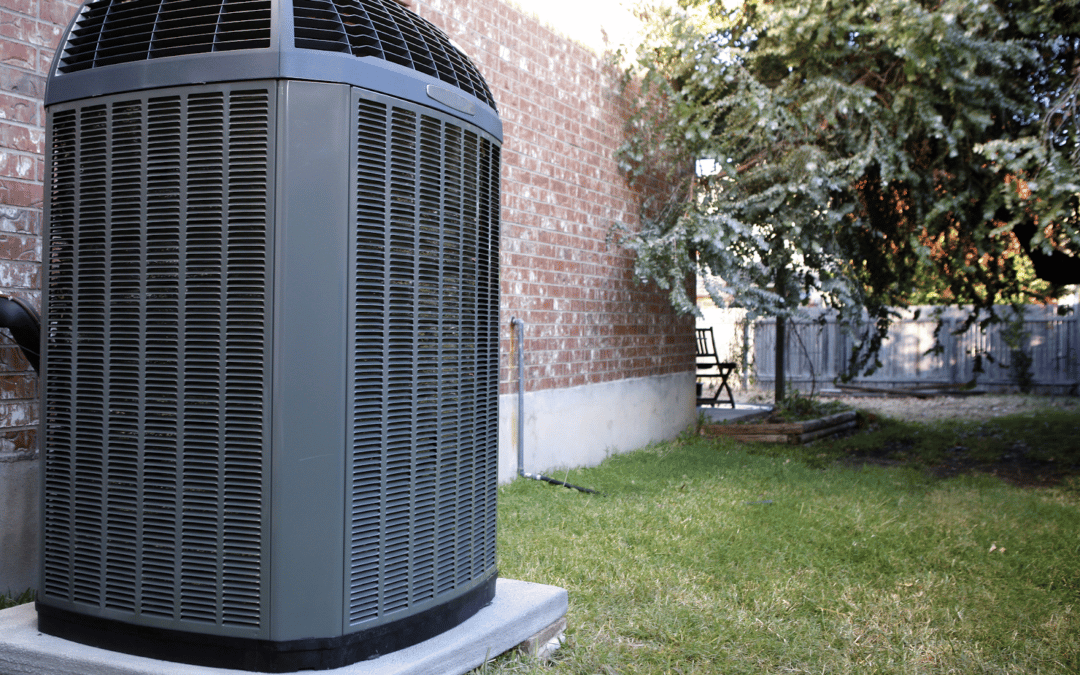Air conditioning units have been around since the 1900s, with the first residential unit installed in 1914. Since then, air conditioners have become a usual addition to homes and offices worldwide.
Did you know that since then, today’s air conditioners use up to 50% less energy than previous models dating back to the mid-1970s? This can be attributed to a more efficient design and better technology.
Everything from the condenser unit to the coolants used now, each piece is essential for a properly working unit. Read more below for a brief overview.
Heating Up
Before we dive into the specifics of today’s air conditioners, we should first begin with what your HVAC unit consists of.
HVAC systems, which stand for heating, ventilation, and air conditioning, provide heating and cooling to residential homes, commercial businesses, and even submarines.
There are various types of systems utilized: split systems, duct-free split systems, and zoned systems.
These systems are all made up of many moving parts, one of which is a condensing unit. Alongside that are the thermostat, furnace, evaporator coil, vents, and refrigerant lines to name a few.
The refrigerant lines and condensing unit are both located outside of the home. It’s important to note the condenser unit doesn’t like to be crowded in. Meaning, when it is, ventilation has the likelihood of getting cut off, causing major problems down the road.
As the outdoor condenser is one of three crucial components for keeping your system running smoothly, proper care should be taken to keep the unit free and clear of obstruction.
So what part does the condenser have in all of this? Let’s dive in.
Three’s Not a Crowd
An air conditioning system operates from three systems: evaporating, condensing, and compressing.
In order to understand the condenser unit specifically, we must first take a look at how the three are interlinked.
Evaporator
We know there are two units to a central air conditioning system. One of which is located inside and the other is located outside. HVAC systems don’t necessarily produce cold air. Rather, they move hot air from one location (inside) to the next (outside). The evaporator is essential because it aids in the heat absorption from the air in your house expelling it outward.
The evaporator works hand in hand with the condenser to complete what is known as a heat exchange process. The evaporator coils contain a refrigerant that absorbs the heat from inside your home.
The absorbed heat is then taken on by the compressor.
Compressor
Think of the compressor as a sort of middle man for the entire cooling process. We’ve now moved from inside the home, to the outside unit.
Once the heat absorbs, the compressor essentially squeezes the refrigerant that came from the evaporator coils. This squeezing action pressurizes it and allows it to flow through the system.
This liquid now flows to the star of the show. The condenser.
Condenser
So what is the condenser unit and why is it important?
Remember how the evaporator absorbed the latent heat? The condenser then expels that heat from the refrigerant mentioned above.
This expulsion of heat allows the refrigerant to convert back to liquid form. Without the condenser to expel the heat, the heat would remain latent within the system, thus stopping the cycle from completing itself.
Think of a condenser unit as the final stop in the essential working loop for keeping the hot air out of your home.
Without a working condenser unit, the whole process is thrown off and you’re left with a central air conditioning system that won’t keep your home cool.
A Free and Clear Condenser
You suspect your HVAC unit isn’t working properly. A Texas summer is already hot enough and with added warm air flowing through your home, the heat can get unbearable.
If this is the case, you may have a faulty condenser unit on your hands. So why is your condenser unit not functioning properly? A couple of things could be to blame.
As mentioned above, keeping your unit free and clear from obstruction is crucial in order to keep it working smoothly. This can mean a couple of things.
If your unit is placed too close to the wall, airflow will be inhibited. This not only means that you may see an extremely high electric bill but the compressor may get damaged if the airflow is restricted to a higher degree.
This goes for the top of the unit as well. The warm air expelled from the condenser gets expelled upwards.
For example, if this flow gets obstructed by a deck or patio, the warm air can then recirculate back into the system, causing the system to overheat.
It’s also important to keep the unit free from various debris like plants, dirt, and gravel. Blockages such as these also prevent your system from working as efficiently as it should.
Be sure to check that the area around your unit is free and clear from time to time. A simple check of your condenser unit from time to time can help prolong the life and efficiency of your entire air conditioning unit.
Beat the Heat
With summer already heating up, having a working condenser unit means your entire central air conditioning unit will be in top shape to withstand a Texas summer.
Not sure if yours is working properly? Or maybe it’s merely time to get some regular maintenance done?
Schneider Heating and Air Conditioning know how important a well-cooled home is. Available 24/7, you can be sure to receive excellent service from their family-owned and operated business.
Schneider makes regular HVAC maintenance and installation a breeze. Why not give them a call today?


